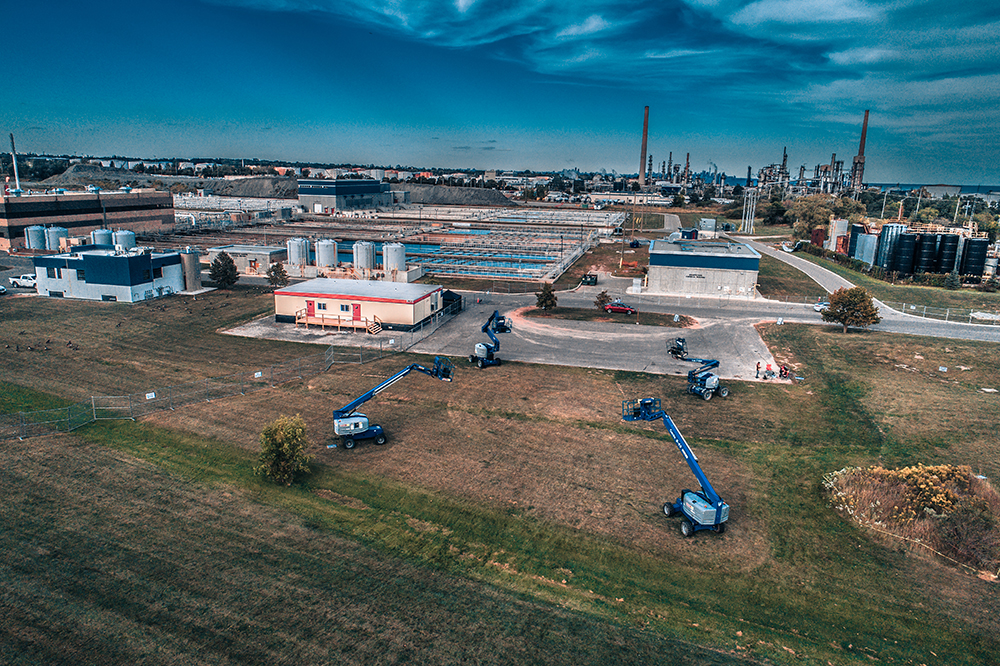‘The Work of Wind: Air, Land, Sea’, produced by Blackwood Gallery, Toronto, Canada
14 September 2018 to 23 September 2018
The Work of Wind: Air, Land, Sea is curated by Christine Shaw and produced by Blackwood Gallery in Toronto. Presented in partnership with the City of Mississauga, the University of Toronto Mississauga, and K. Verlag, 2018–2019
Find more information here:
https://workofwind.ca/exhibition
From the installation of the work here:
https://workofwind.ca/project/spring-bloom-in-the-marginal-ice-zone-from-the-barents-sea-to-lake-ontario
From the website:
Over the course of ten days, the Southdown Industrial Area in Mississauga will be transformed into a site-specific contemporary art exhibition. With commissioned works by Canadian and international artists, The Work of Wind: Air, Land, Sea will create an operatic experience of elemental forces, geopolitical processes, and environmental violence impacting the Earth. Drawing on the language of the Beaufort Scale of Wind Force - breaking, scattering, drifting, tumbling, rolling, driving, whistling, rustling, extending, raising, swaying, inconveniencing, impeding, damaging, uprooting - the exhibition will unfurl the 13 forces, from 0 (Calm) to 12 (Hurricane), and punctuate the area with 13 artist projects moving between modes of allegory and creative adaptation strategies.
The exhibition will be contained within a roughly 1km² zone in Mississauga’s Southdown Industrial Area, bordered by Clarkson to the north and Lake Ontario to the south. This complex area features a cement plant, a gypsum pier, an oil and lubricants refinery, a carbon dioxide production facility, a wastewater treatment plant, heritage sites, a nursery, a fruit distribution centre, a commercial transport hub, a hazardous waste management facility, an abandoned paint and resin plant, a working farm, a radio transmission field, and a permanent ambient air monitoring program, among other sites. These are in addition to the popular recreational sites of the Petro Canada Park and Cricket Ground and Lakeside Park, with its Cobble Beach comprised of the remnants of buried clay pipes from the National Sewer Pipe Company, increasingly exposed as the shoreline and bank erodes.
Jana’s piece in the exhibition was Spring Bloom in the Marginal Ice Zone: From the Barents Sea to Lake Ontario.
The marginal ice zone is the dynamic border between the open sea and the sea ice, which is extremely ecologically vulnerable. The phytoplankton present in the sea produces half of the oxygen on the planet. During spring, this zone is the most important CO2 sink in our biosphere. In Spring Bloom in the Marginal Ice Zone, the sounds of living creatures become a voice in the current political debate concerning the official location of the ice edge (or floe edge—the space where the open sea and frozen sea meet). The listener experiences the bloom of plankton, the shifting and crackling sea ice in the Barents Sea around Spitsbergen (towards the North Pole), and the underwater sounds made by bearded seals, migrating species such as humpbacks and orcas, crustaceans and spawning cod —all actions that depend on the spring bloom.
This particular installation brings the sounds of drifting sea ice from East to West to imagine these sounds fished out of the ocean and presented on the shore. The ever-thinning sea ice will have unknown consequences not only for the life in and under it, but also for neighbouring ecosystems and the entire planet’s climate. As more light shines through the ice, the bloom occurs earlier and is more active, which results in a changing ecosystem in the benthic zone (the bottom of the ocean and the sea floor). Melting sea ice will also make it possible for shipping traffic to increase and for oil exploration to move further north. These increases are already happening, to the extent that sea mammals can no longer hear each other over distances—their lines of communications crossed and destroyed by human-created noise.
The artist thanks Sonic Acts and Dark Ecology who first commissioned the work for the Sonic Acts festival (Muziekgebouw, Amsterdam, 2017); ARCEx research cruise on R/V Helmer Hanssen, UiT The Arctic University of Norway; Mamont Foundation; and TBA21 Academy.
Spring Bloom in the Marginal Ice Zone: From the Barents Sea to Lake Ontario, 2018. Photo: Spiral Mountains Media. Courtesy Blackwood Gallery
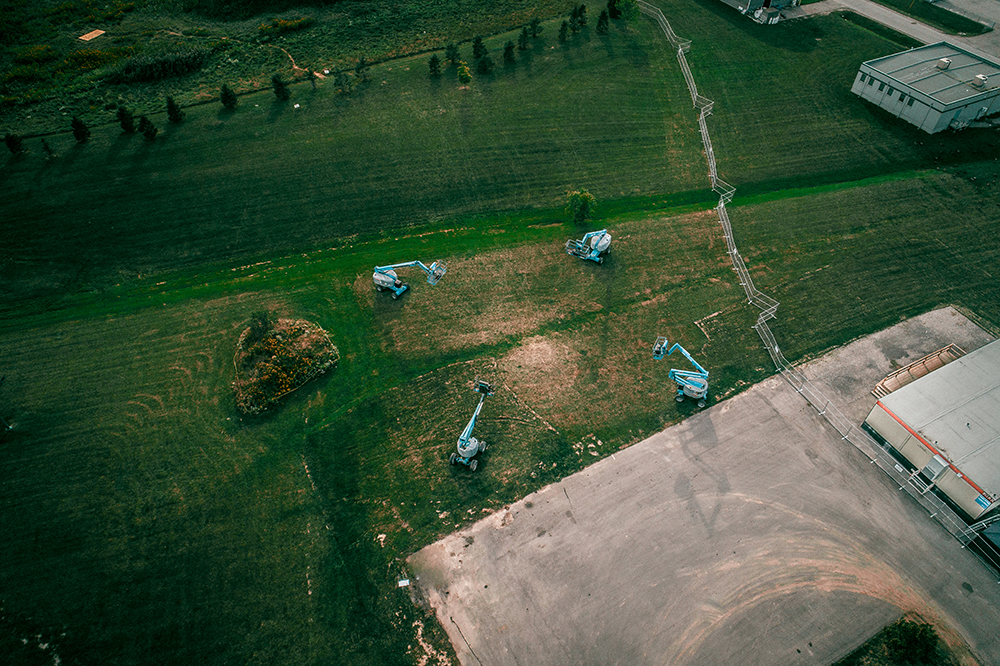
Spring Bloom in the Marginal Ice Zone: From the Barents Sea to Lake Ontario, 2018. Photo: Toni Hafkenscheid. Courtesy Blackwood Gallery
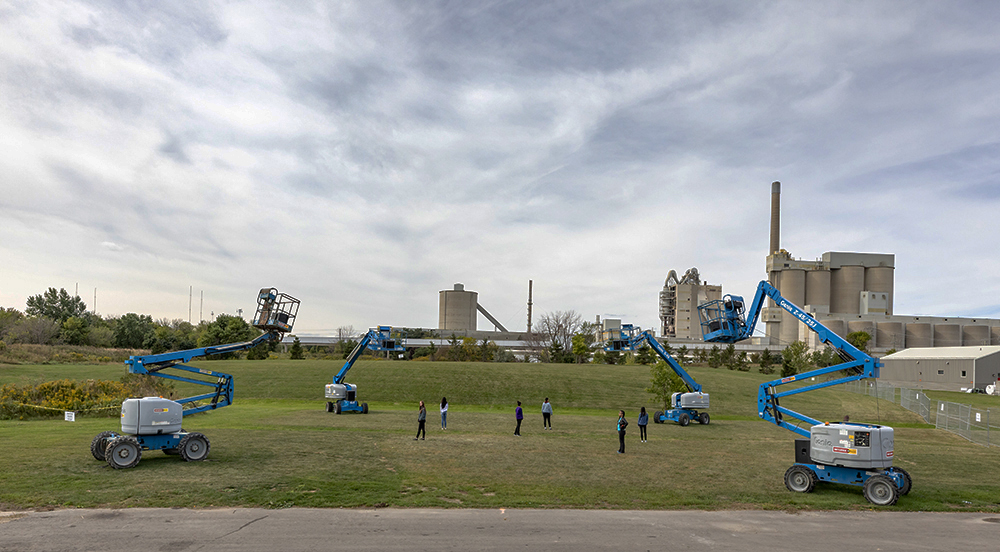
Spring Bloom in the Marginal Ice Zone: From the Barents Sea to Lake Ontario, 2018. Photo: Toni Hafkenscheid. Courtesy Blackwood Gallery
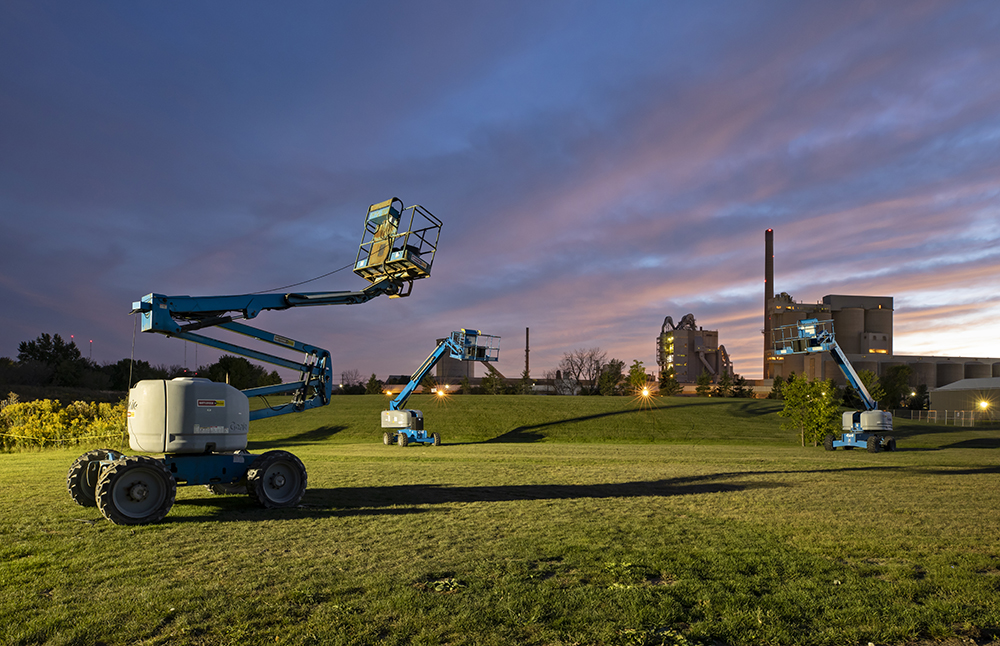
Spring Bloom in the Marginal Ice Zone: From the Barents Sea to Lake Ontario, 2018. Photo: Toni Hafkenscheid. Courtesy Blackwood Gallery
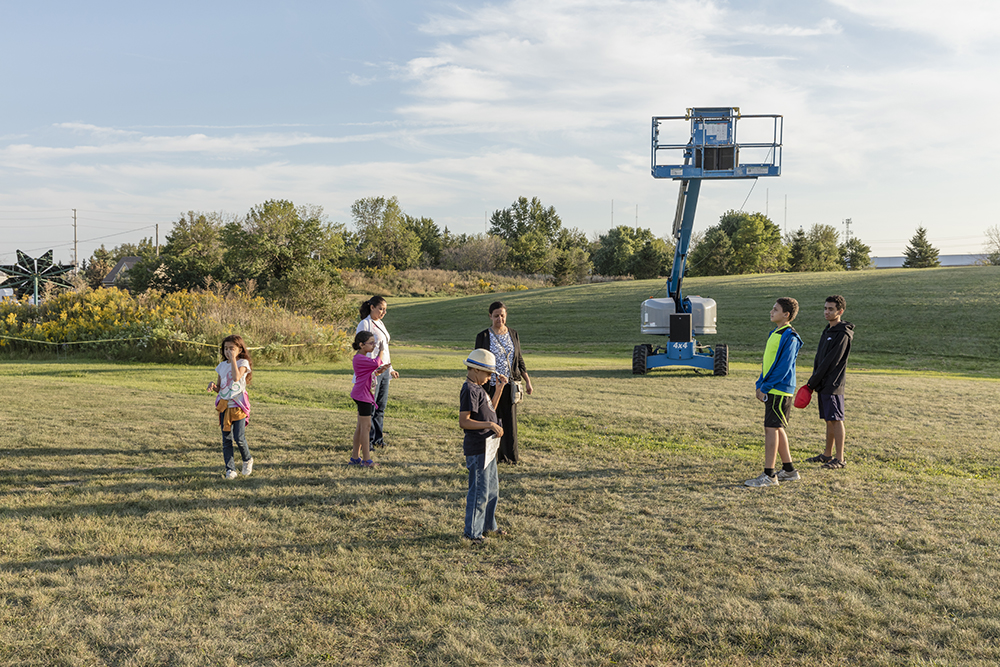
Spring Bloom in the Marginal Ice Zone: From the Barents Sea to Lake Ontario, 2018. Photo: Spiral Mountains Media. Courtesy Blackwood Gallery
